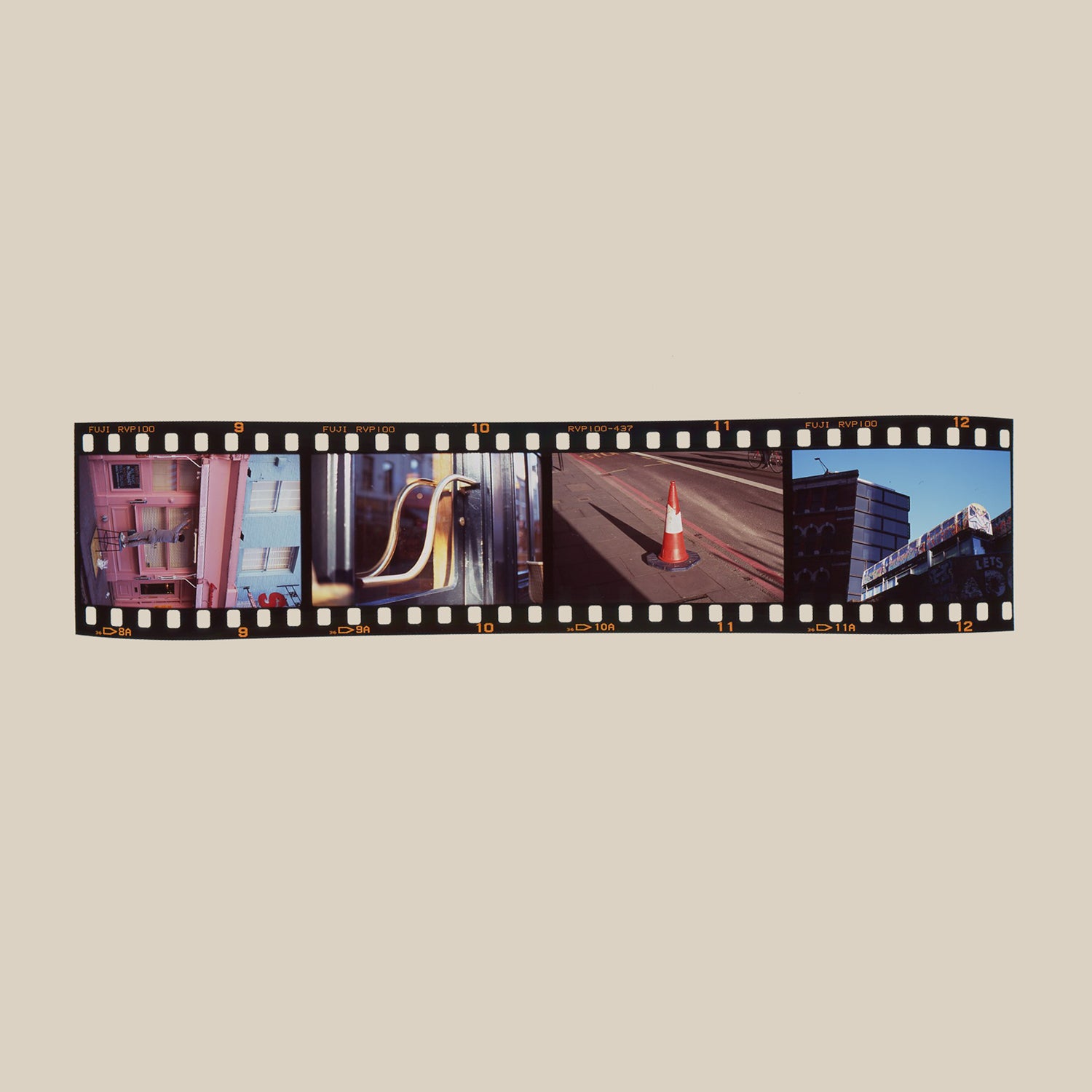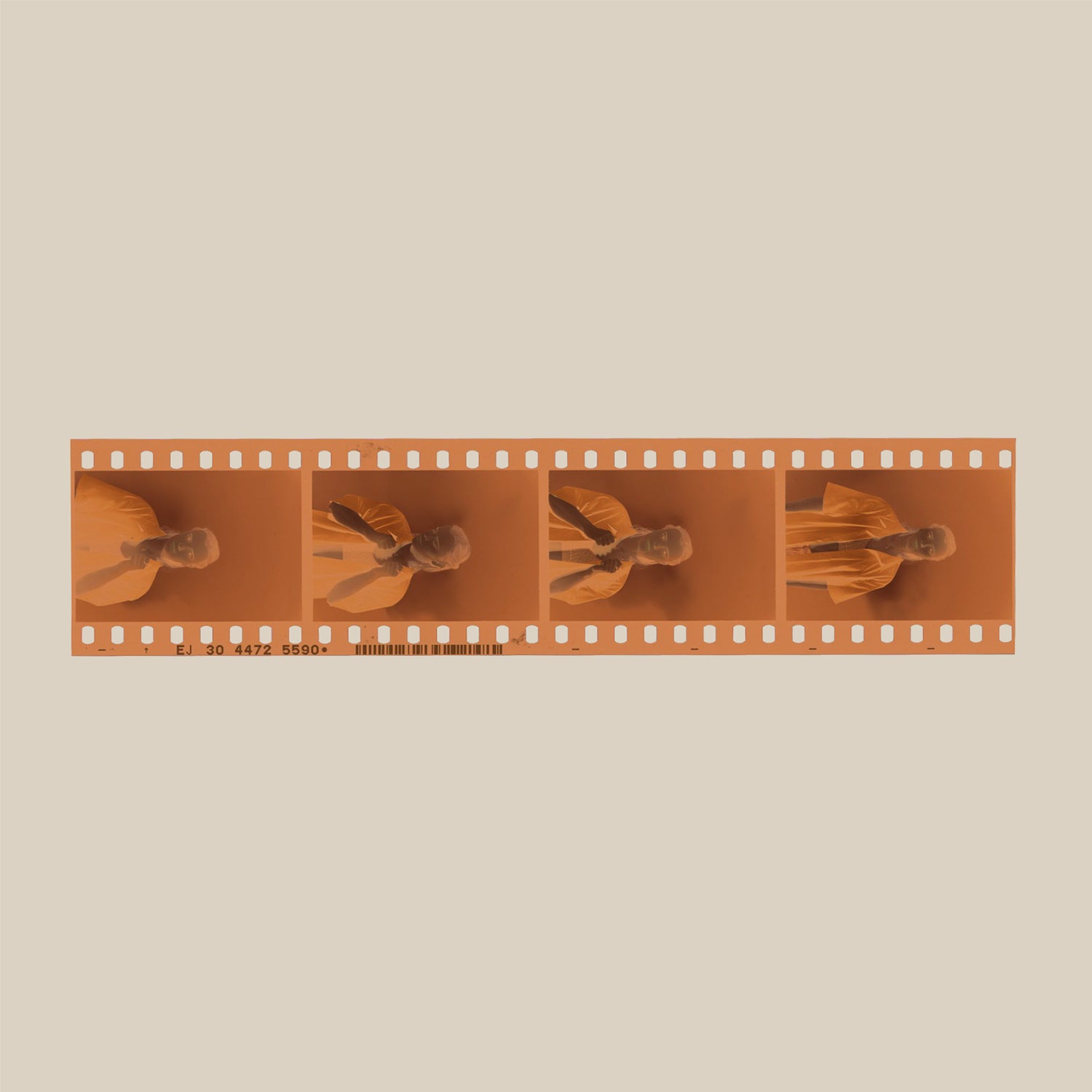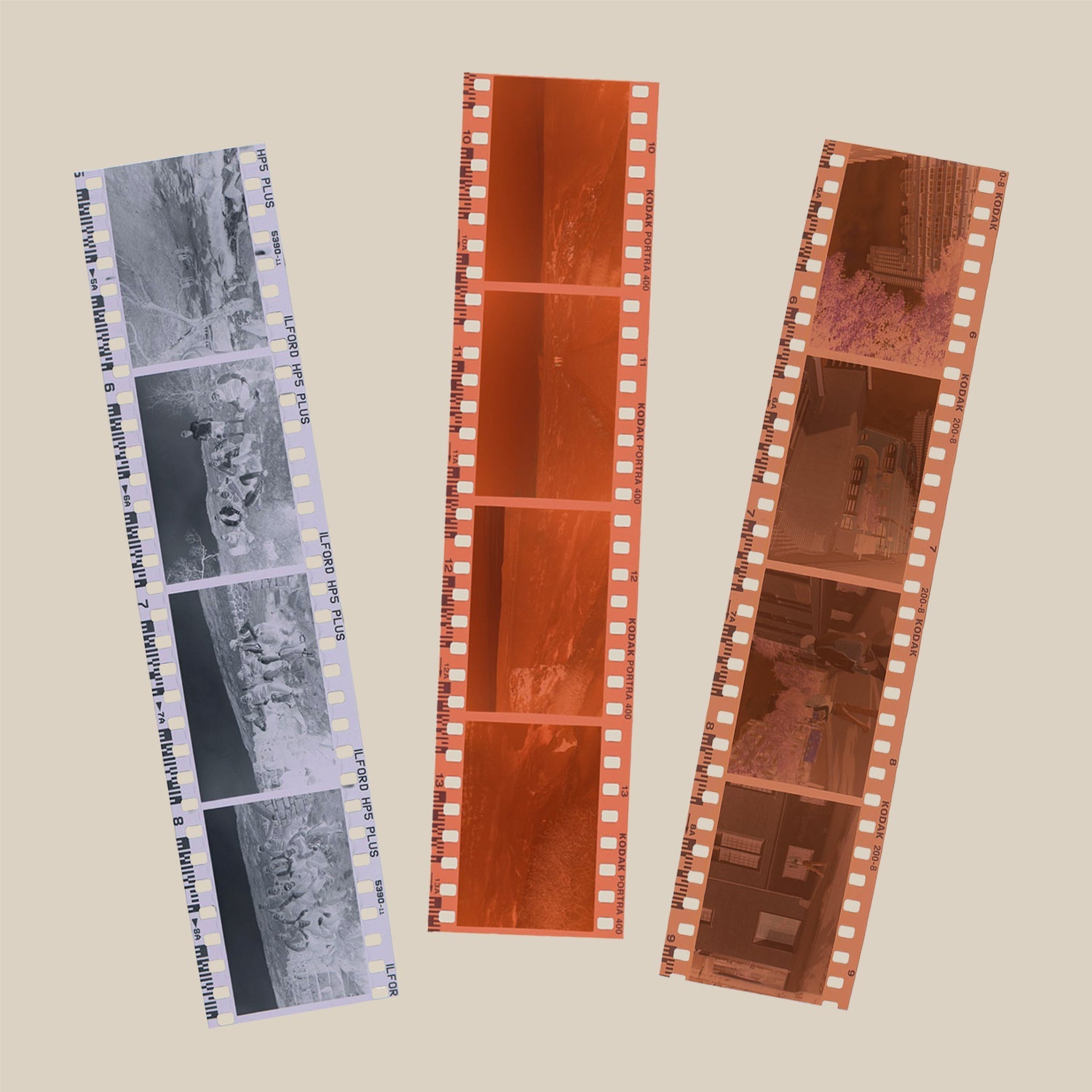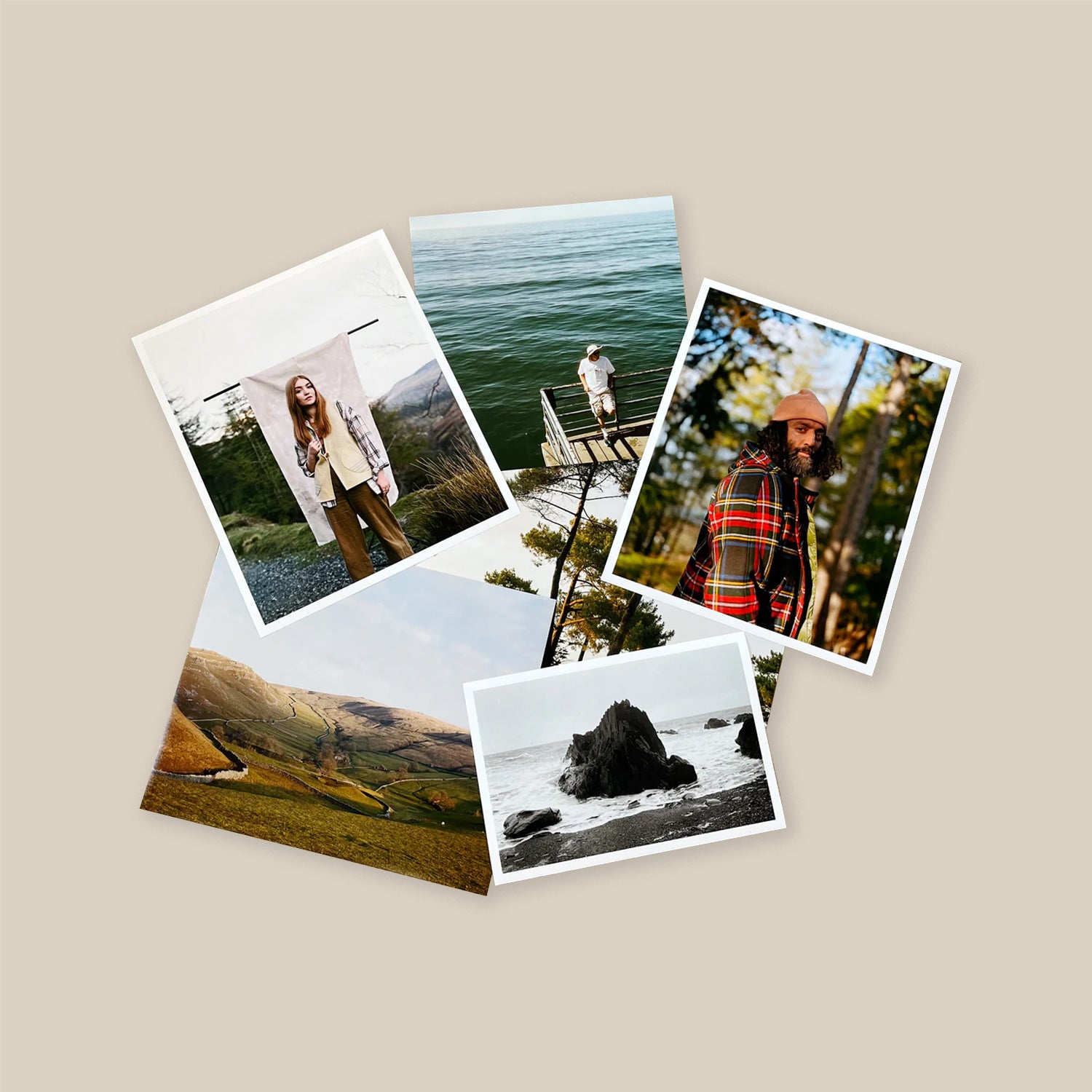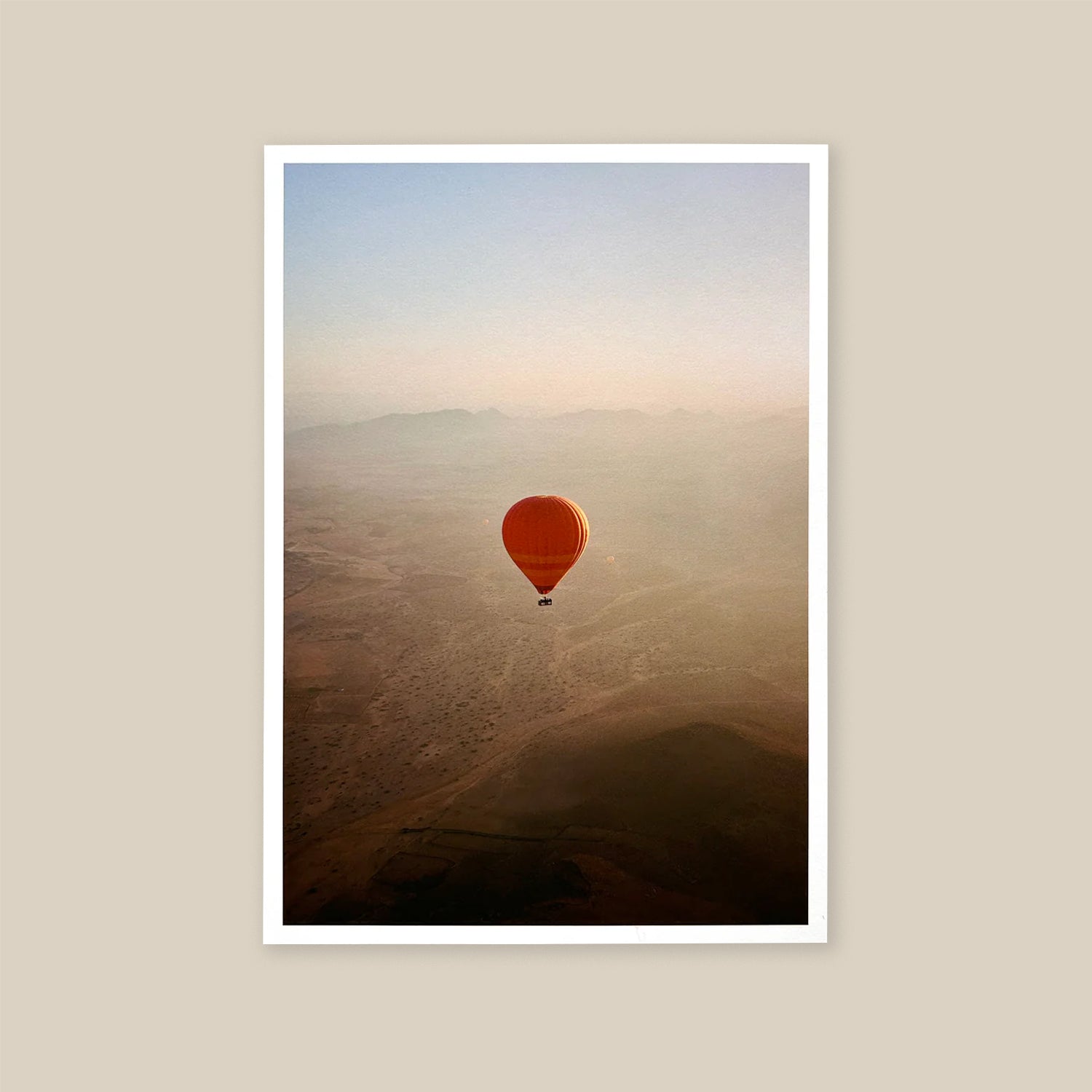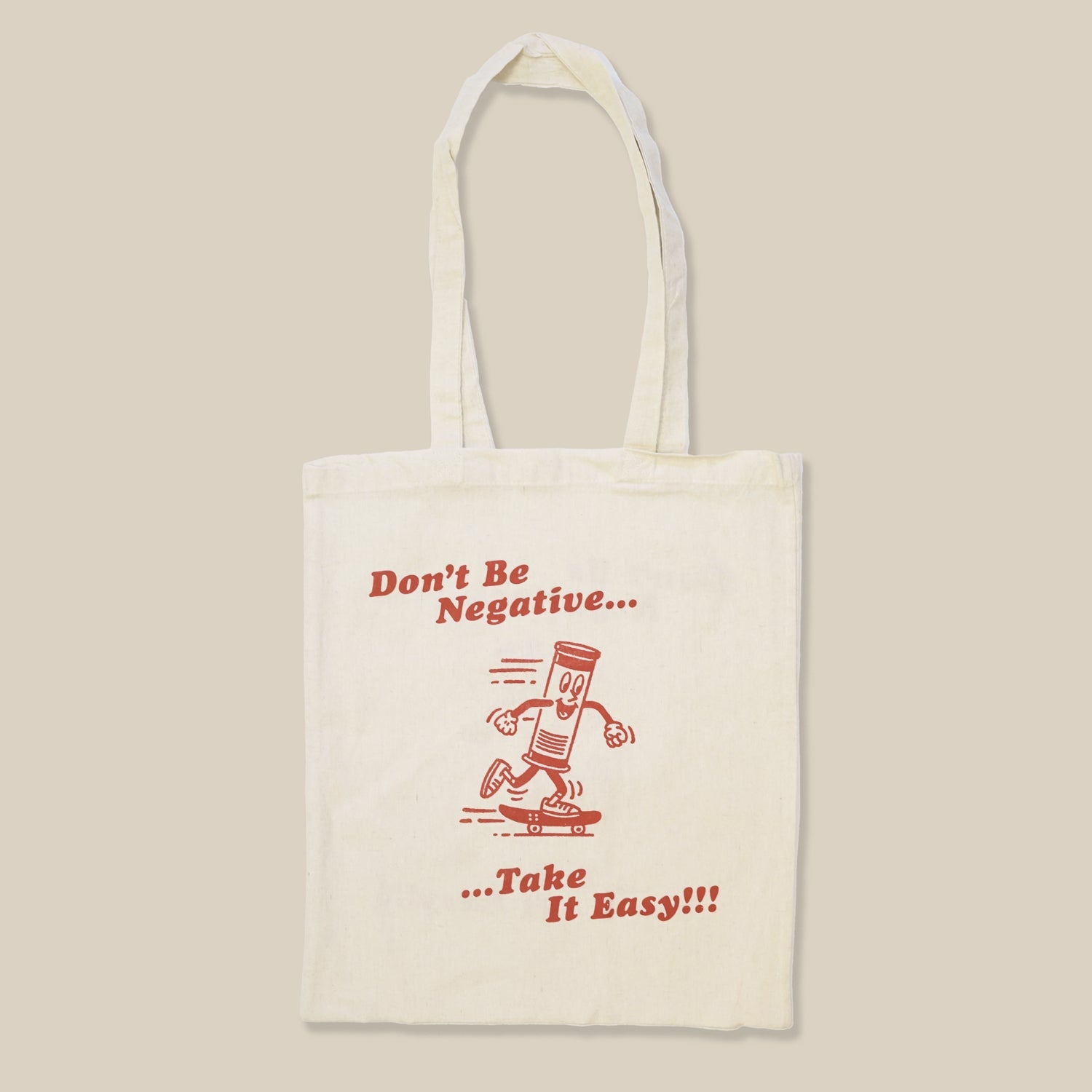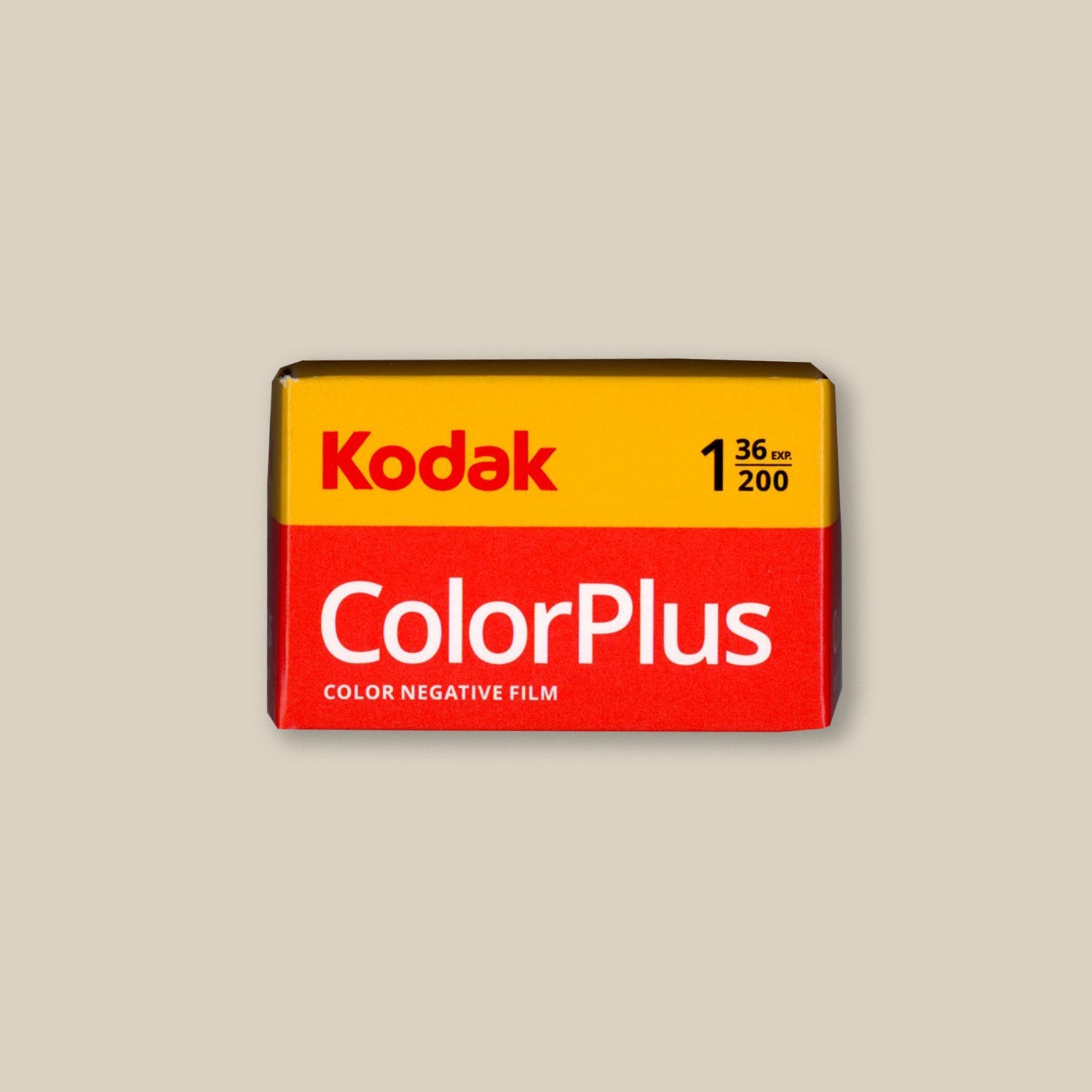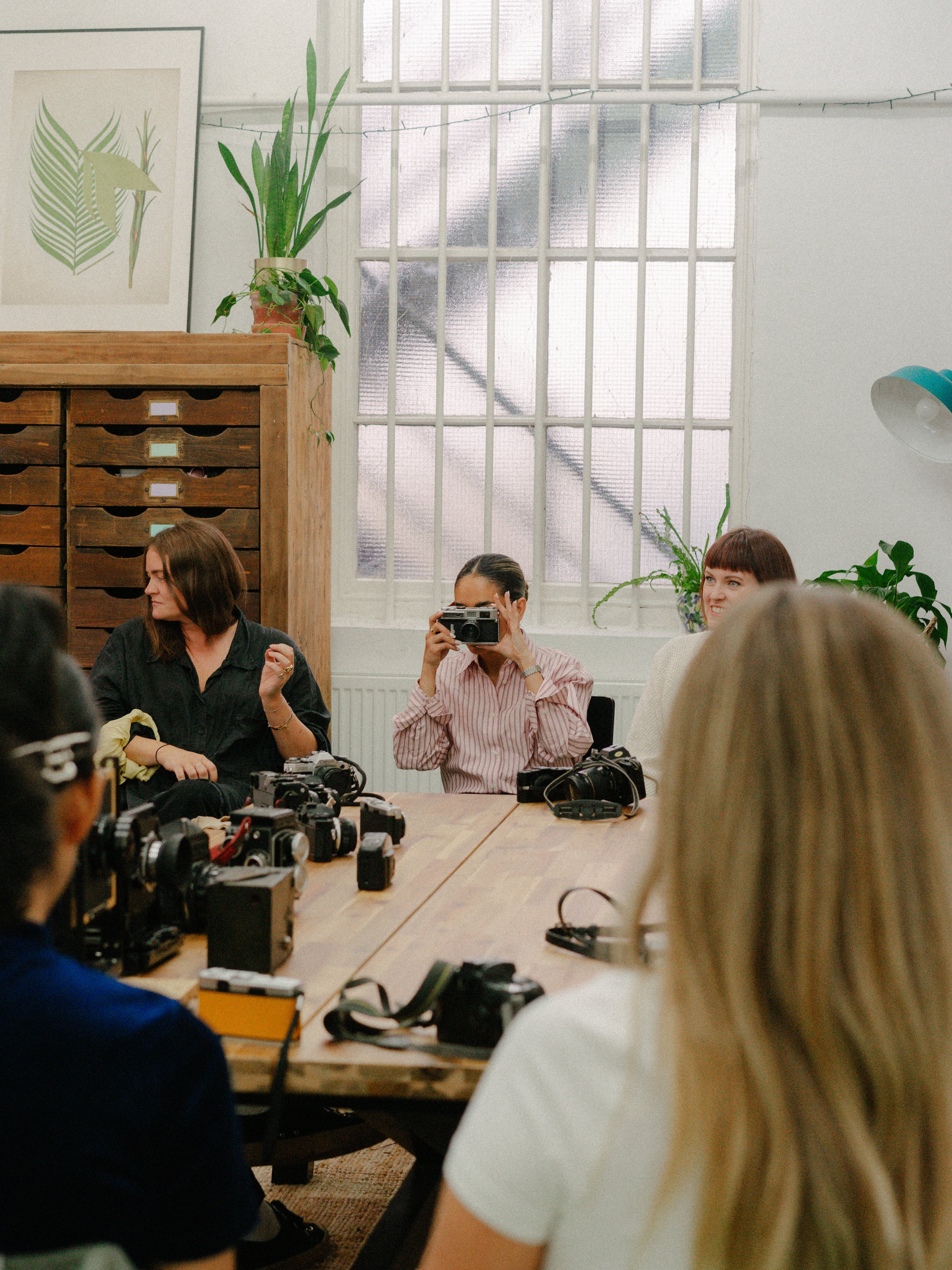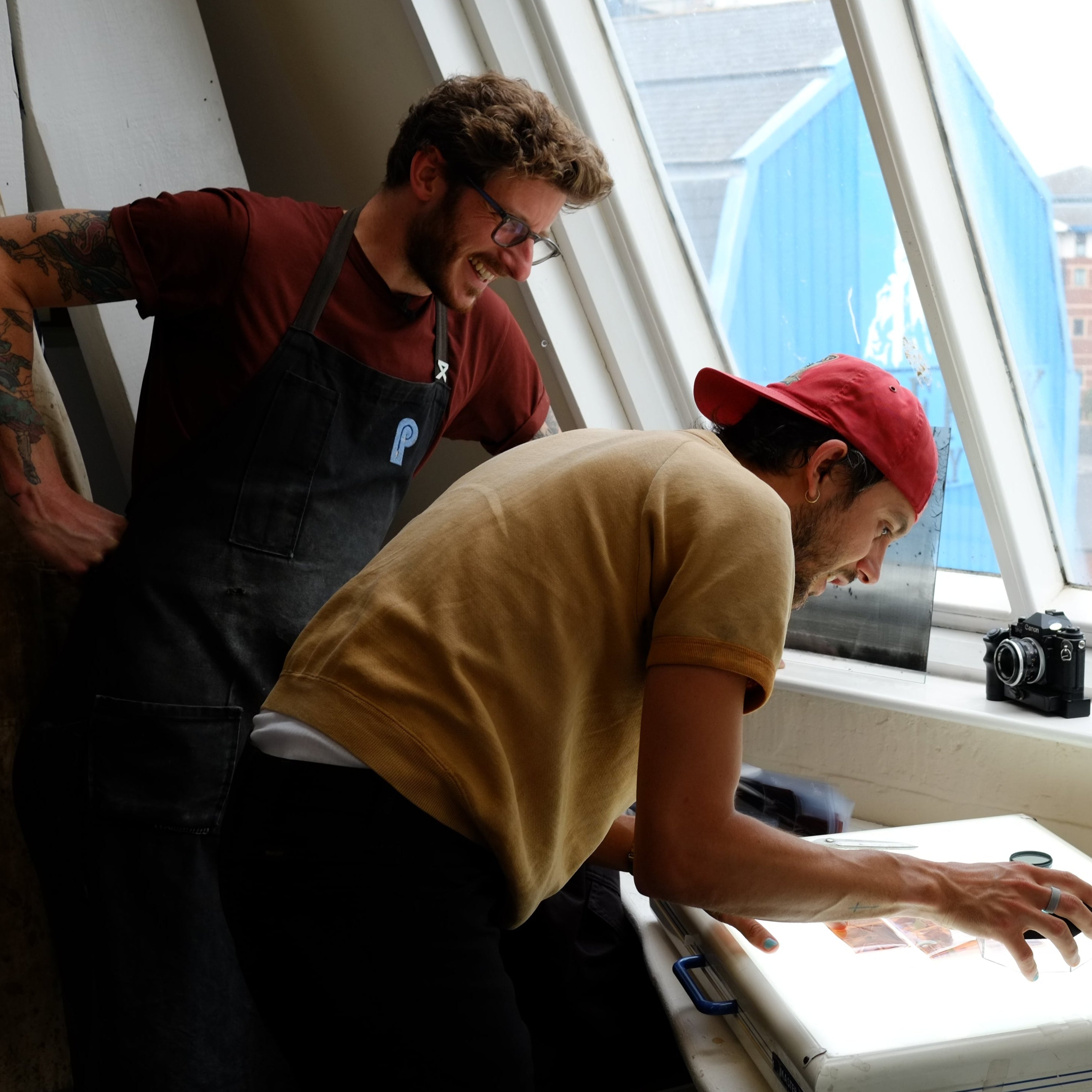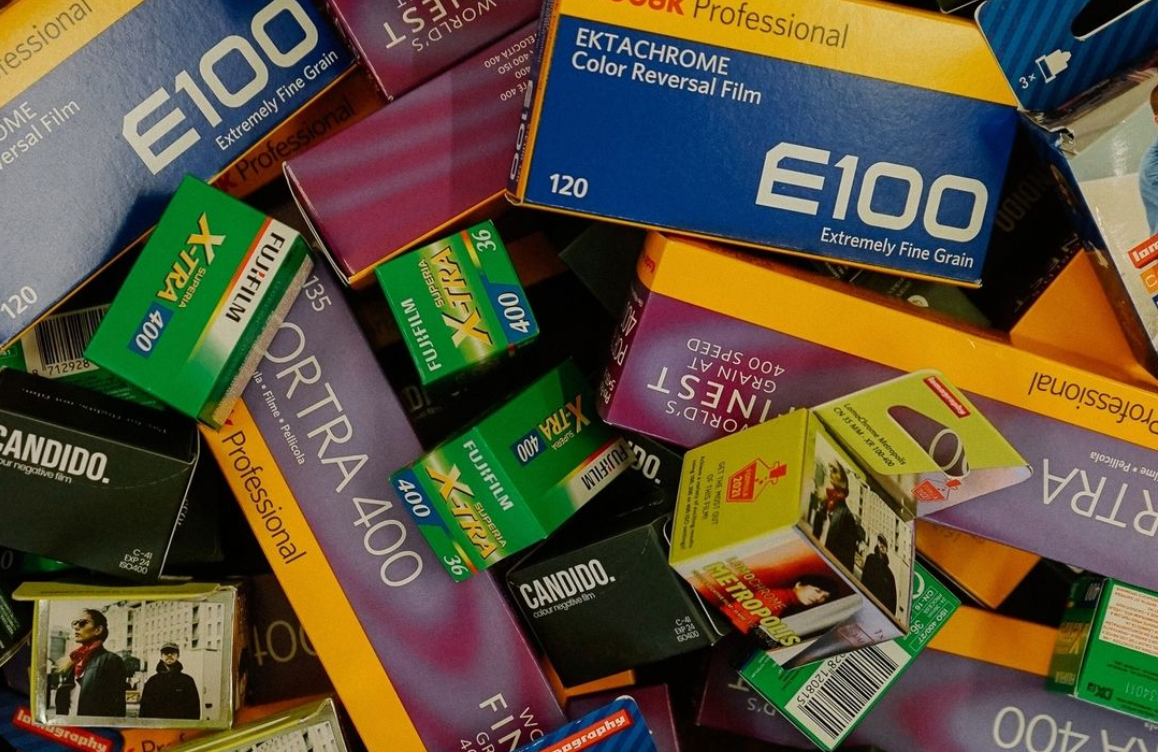

A beginner's guide to buying film
When you first decide to make the swap from digital to analogue photography, one of the first hurdles is knowing which film to buy and what all those numbers on the box actually mean. Our guide aims to help demystify the film fridge.

Why is it kept in the fridge?
A lot of people wonder why film is kept in the fridge when you buy it from your local film lab and if they should be doing the same at home?
Film is pretty tough stuff but to help stop film degrading over time it should be kept in a cool and dry environment. You should only really need to think about making room in your fridge for your film collection if you’re planning on storing lots of film for a long period of time.
Types of film
35mm or 120 film are the most common types of film available to buy and the film most people will use.
35mm
35mm film is what most people will think of when they think of film photography, as it is compatible with a point and shoot camera or 35mm SLR. These cameras are usually what people start out with on their journey into film photography.
120
There’s nothing different about 120 apart from its size. Due to the size, you’re able to capture much more detail using 120 compared to 35mm film but because of this you also don’t get as many images per roll. To use 120 film you will need a medium format camera.

What do the other numbers mean?
Exposures
On the side of the box you will normally find either 36 or 24 exposures (if you’re using 35mm film). This indicates the number of photographs you can take using that particular roll of film.
Something to note with film photography is that images aren’t guaranteed. Just because your roll of film can shoot 36 images doesn’t mean that you will get all 36 pictures back. If your photos are over or under exposed e.g. if you don’t put the flash on in dark conditions, then the image you’re hoping for won’t be captured.
ISO
An important number to look at when picking your film is the ISO. This number tells you how sensitive the film is to light and therefore gives you an idea of what film is best for the conditions you want to shoot in.
The higher the ISO, the more sensitive to light the film is which allows you to shoot darker conditions. For example, if you’re heading on holiday to a sun-drenched island, then a film with an ISO of around 100 - 200 is going to be your best bet, but if you’re wanting to take photos at dusk without using a flash then you want to look for film with a high ISO (800 or above).

Black and white or colour?
Whether you decide to pick a black and white or colour film is totally down to personal preference (as well as stock levels!) Before you decide, it’s worth taking a bit of time to think about what you are hoping to take photographs of and decide which would lend itself better to the outcome you’re hoping to achieve.
E6 (slide film)
Any film that says ‘colour reversal’ or 'process E6' on the box is actually slide film. When you come to develop this film there are two ways to get it developed. Which option you pick will impact what you get back. If you want to use the film as it was intended then you should E6 developing. If you’re looking for a cheaper and more widely available developing option, then you might want to consider getting it cross-processed. This just means that it is developed the same as standard colour film.
You can find out more information about colour vs slide film on our blog here.
Effect film
Some novelty film types come with an effect already exposed on the film. There’s all sorts of weird and wonderful film out there, from film that overlays aliens on your photos, to film that distorts the colours in your images. Most of the time this type of film will have example images on the box so you can see what your photos will turn out like. It’s worth keeping an eye out for this when buying film so you don’t end up with something you didn’t expect when you get your photos back.

If you’re new to film photography, it’s also worth noting that currently the supply of film can’t keep up with the high demand, so cheaper colour film isn’t always easy to get hold of. We always let people know when we have film in stock to buy online on our social channels. We also stock film in our Lab, so it’s worth checking if you’re ever in Leeds!




